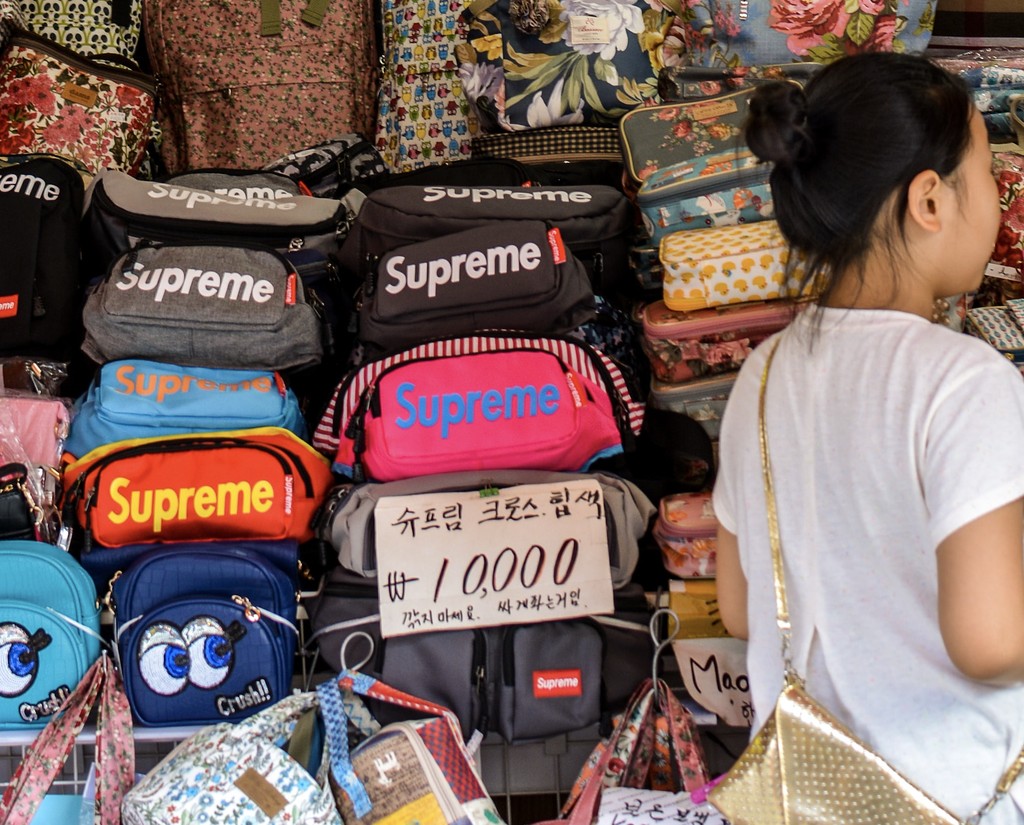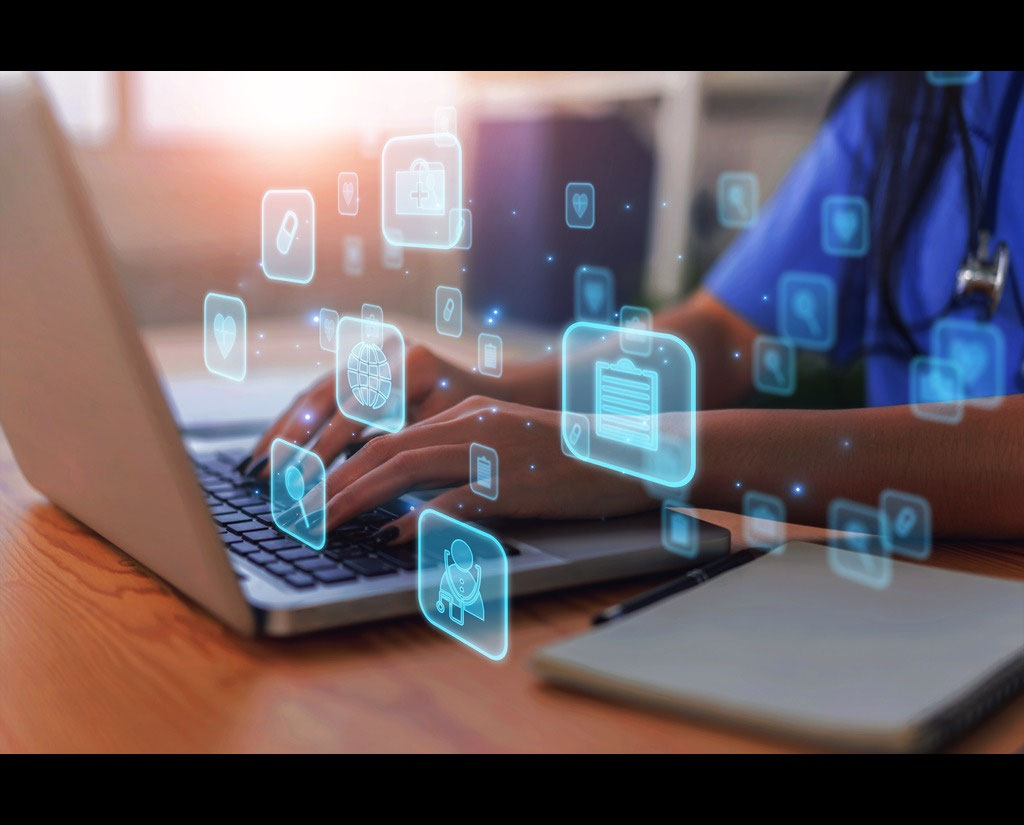
Since the eruption of the COVID-19 pandemic across the globe, respirators have been in the spotlight. When demand outweighed supply, a flood of counterfeit N95®* filtering facepiece respirators entered the market and remain there today. But counterfeiting products isn’t a new problem. In fact, both the past and present are rife with instances of original designs and in-demand items being replicated and sold on the black market.
Let’s take a look at other commonly counterfeited products and learn what manufacturers have done to discourage the purchase of low-quality impersonations.
Counterfeit Bills
According to the Federal Reserve Bank of Boston, the U.S. dollar is the most common counterfeit currency across the globe. The Sentencing Commission reports that nearly 75% of all defendants accused of counterfeiting are convicted and the average sentence for offenders is 16 months. And yet, this crime still proliferates across the nation.
The Federal Reserve has taken numerous steps over the years to deter the manufacture of counterfeit currency, as well as to make fake bills easier for individuals and financial institutions to identify.
- Intaglio printing – the reverse of relief printing, wherein the printing plate used to transfer ink to the paper or other substrate is laser cut or etched with the desired image.
- Color-shifting ink – numbers in the lower right corner shift color from green to copper.
- 3-D security ribbon – a strip imprinted with numbers and bells that is sewn into the paper instead of printed on top of it.
- Watermark – a translucent portrait that can be seen on the right when the bill is held up to a source of light.
- Security thread – a UV-reactive thread that glows under black light.
- Pigmented fibers – Small blue and red fibers are woven throughout the paper.
- Microprinting – Tiny printed words that can be seen clearly under magnification.
And yet, these highly complex manufacturing techniques are only relevant if the users know (a) to look for them in the first place and (b) what signifies authenticity. One way the Federal Reserve has been effective in this regard is that their counterfeit technology is interesting for the general public to learn about, easy to understand, and the knowledge has become widely adopted. Most children in the United States know how to look for one or more of these security features, such as the watermark or microprinting, and this may be because these features are fun to discover and reveal. Perhaps you remember someone in your life who was excited to show you a ‘secret’ on the back of a dollar bill?
If another product wished to emulate the Federal Reserve’s success when it comes to spreading the word about authentic and counterfeit products, how might they also enlist the public in spreading the word themselves?
Wearables
In another example, the U.S. Customs and Border Patrol Protection Office of Trade reports that in 2018, wearables dominated the black market, representing 56% of all government seized counterfeit products. This includes clothing, jewelry, handbags, footwear, and other wearable accessories. Here are some strategies used by companies to help consumers identify an authentic product.
- Sewn-in or sealed on labels
- QR labels
- Integrated security features within the product or label
- RFID-enabled authentication and tracking of products
- Embedded serialized Electronic Product Codes (EPCs)
- Security threads woven into fabric or labels
- Custom inks for labels and products
- Hard-to-replicate designs with one-of-a-kind elements
- Customer education
Jinkoo Lee, founder of Korean streetwear brand Goodboy, tells Vogue Business how important it is for apparel and accessory brands to educate consumers about the differences between genuine products and counterfeits. “Whenever we deliver our collection, we explain what’s different about our products,” he says. “They can copy our logos, prints and fabric colors, but the sewing details and fabric qualities are completely different.”
Designing an effective method for educating consumers on something like counterfeit literacy is no easy feat. Should a company incorporate this information into their advertising? Should they provide more in-store information? Is there a way to inform consumers without changing the way the product is made? These questions are all relevant to the consumer education challenge, but what defines an effective strategy is whether or not people will listen and if they can understand the information that is shared. These two principles should be held in tandem.
Prescription Medication
Finally, as the cost of prescription drugs rises in the United States, the demand for cheaper solutions is growing. This has created a pocket within the market where the sale and purchase of counterfeit prescription medication can flourish.
The National Institute of Justice reports that 64% of the cases in their Product Counterfeiting Database involved counterfeit pharmaceutical products, most of which were fake erectile dysfunction pills. Because prescription drugs can seriously affect a consumer’s health, it’s critical to understand how to separate real medication from the fakes.
The U.S. Centers for Disease Control and Prevention suggest the following to consumers:
- Know what your medication is supposed to look like, including the correct color, shape, size, and manufacturer markings.
- Do not purchase prescription drugs from online pharmacies, even if they appear to have a legitimate website.
- Check the drug’s packaging for tears, perforations, poor-quality printing, and other potential indicators of a fake label.
- Never use medication that’s not in its original packaging.
The potential health consequences of using counterfeit medicines are something that many people can appreciate. Yet, when faced with financial hardship, people often feel compelled to take risks by shopping for cheaper items online. Can we encourage users to become more informed about counterfeit health products not only by simplifying the information needed to avoid such products but also by spreading the word about the serious consequences they may cause? If the dangers of counterfeits are more memorable than the anti-counterfeiting technologies, leverage that difference to encourage consumers to learn more before purchasing.
Fight Counterfeit N95 Respirators & Win Big
On the topic of counterfeits, HeroX and the National Institute for Occupational Safety & Health (NIOSH) are crowdsourcing new ideas for anti-counterfeit tactics that can be used to decrease the spread of counterfeit N95 filtering facepiece respirators. This open innovation prize challenge offers a total of $145,000 in cash prizes and winning teams may be invited to develop their ideas further in conjunction with NIOSH.
Solve this challenge today or contact us to learn more about what HeroX is doing to bring new, innovative solutions to the market for companies like Facebook, Forbes, NASA, National Geographic, and more.
*N95® is a registered certification mark of the U.S. Department of Health and Human Services (HHS).








